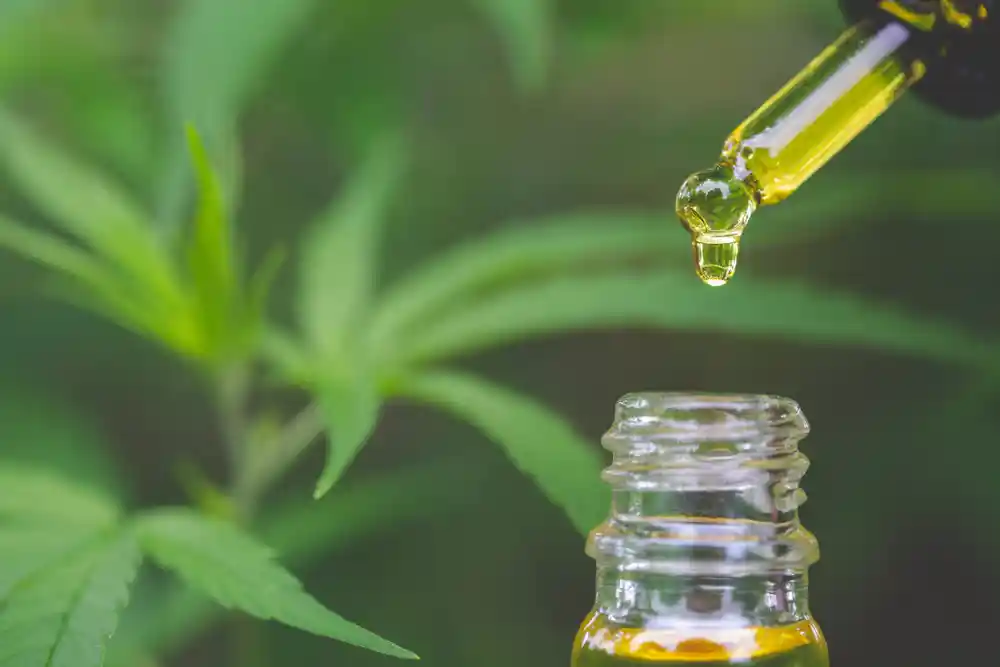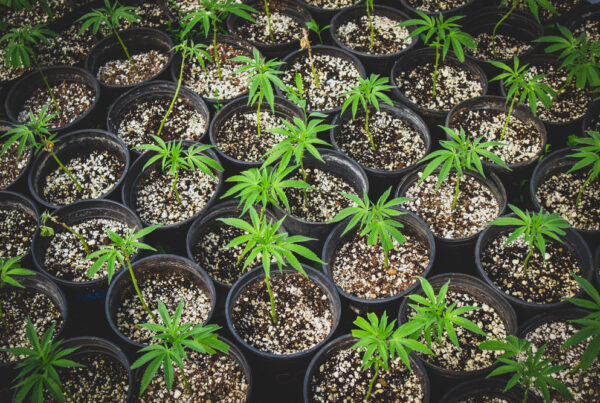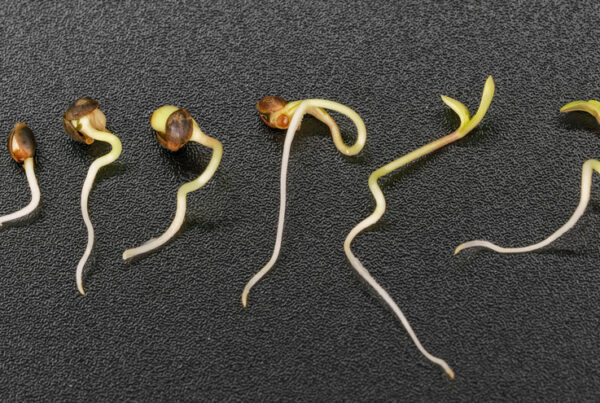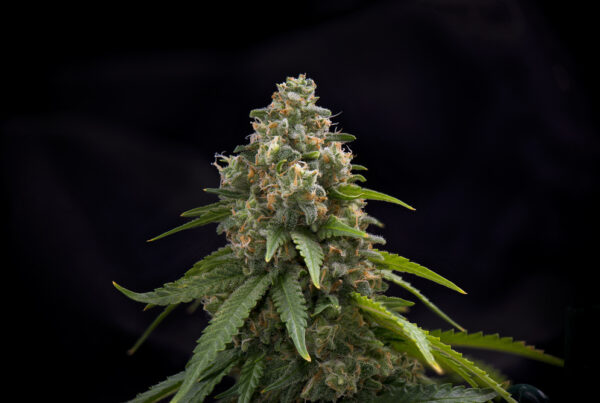The cannabis industry has come far in the past couple of years. Some of the highlights include the MORE Act 2021, which has ignited hopes for federal legalization, the acceptance of Epidiolex – a medical cannabis-infused drug allowed by the Food and Drug Administration (FDA) for severe epilepsy, and the penetration of the pharmaceutical giants like Pfizer into the cannabis industry.
Amidst all the news around the cannabis industry, there are users who are still confused about the types and differences between CBD extracts. In a nutshell, there are two main types of CBD extracts – full-spectrum cannabidiol and broad-spectrum cannabidiol.
Depending on your medical cannabis needs, it is essential that you know your cannabinoids right. You can start with this blog, where we discuss the core differences between full and broad-spectrum CBD extracts.
What is CBD?
Before we talk about the extracts, you need to know what cannabidiol (CBD) is. It’s one of the many cannabinoids found in the cannabis plant. CBD is associated with most of the plant’s therapeutic benefits, and possesses no psychoactive effects. It is often the core compound in medical cannabis products and strains.
Full-Spectrum CBD
This is a type of cannabidiol that is composed of a majority of the naturally occurring cannabis compounds like terpenes, flavonoids, and a range of other (naturally occurring) cannabinoids like tetrahydrocannabinol (THC).
Broad-Spectrum CBD
The simplest way to understand broad-spectrum CBD is that it also contains a vast majority of the naturally occurring cannabinoids found in the cannabis plant, minus the THC.
The Difference
If both full and broad-spectrum CBD contains naturally occurring cannabinoids, how are the two different?
One difference has been highlighted above (full-spectrum CBD contains THC, while broad-spectrum CBD doesn’t).
Other differences between the two are also associated with the accompanying compounds. In simpler words, the difference between full and broad-spectrum CBD is identified based on the compounds present in them alongside CBD.
Sometimes, the broad-spectrum CBD may contain certain minute traces of THC. However, the presence is too minimal to even be remotely psychoactive for the user.
Such differences in full and broad-spectrum CBD appear depending on how CBD is extracted from the cannabis plant. There are four key ways of CBD extraction:
Steam Distillation
In this CBD-extraction process, steam is used to separate the oil from the plant. This process is mainly used to extract plant oils.
CO2 Extraction
Another method is to extract CBD oil from the cannabis plant using carbon dioxide. It is more effective than the distillation process, and is commonly used for CBD products.
Solvent Extraction
This is often not preferred by manufacturers as it is quite likely to leave solvent residue behind – solvent residue can be harmful and can pose multiple health risks. This method is also less popular because it affects the flavor of the extract.
Lipid Extraction
Lipid extraction is gaining traction, becoming one of the most preferred ways of CBD extraction for modern manufacturers. Experts believe that the reason for its hype is to minimize or completely eradicate the use of solvents or CO2.
Once the CBD extract is obtained, it goes through additional processes for the purification of the isolate, after which it is labeled as either full-spectrum or broad-spectrum CBD depending upon the constituents of the extracted material.
Get Premium Cannabis from a Leading Nevada Dispensary
Looking for premium full-spectrum or broad-spectrum CBD? Take a Vegas dispensary tour of Planet 13. We are a leading dispensary in Vegas and the largest cannabis entertainment in the US. You can visit any day of the week between 9:00 and 12:00 – our experienced budtenders will help you find the perfect cannabis product that meets your needs.
You can also order cannabis online at Planet 13. Happy cannabis shopping!







